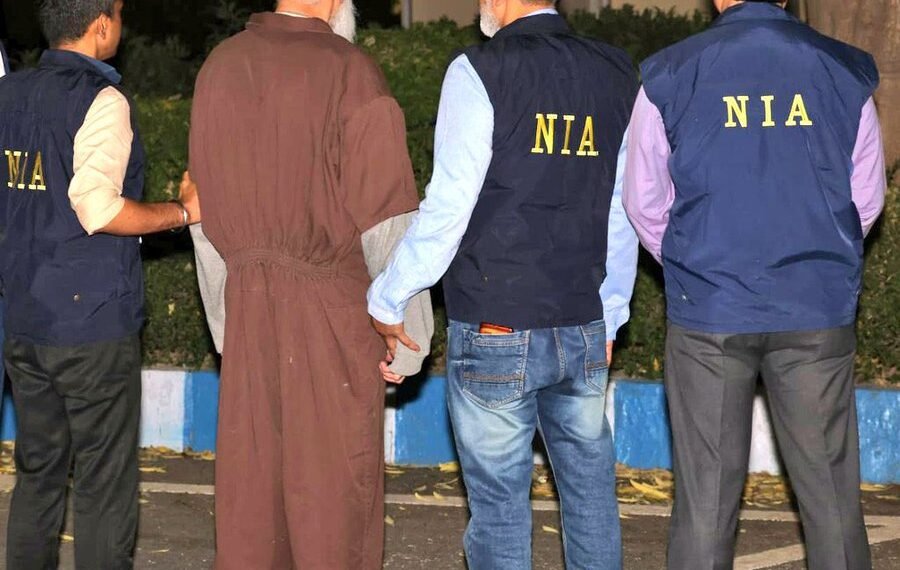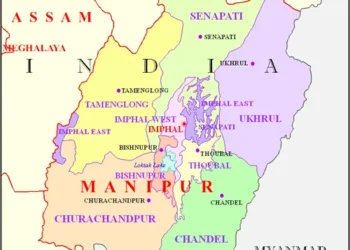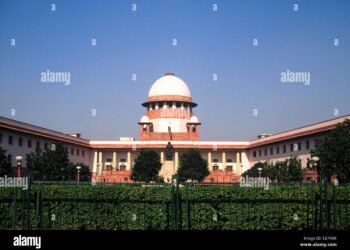By PC Bureau
The National Investigation Agency (NIA) filed its First Supplementary Chargesheet against Tahawwur Hussain Rana, a key accused in the 26/11 Mumbai terror attacks, before the NIA Special Court at Patiala House, New Delhi, on Wednesday.
The chargesheet, submitted in connection with Case RC-04/2009/NIA/DLI, pertains to a criminal conspiracy orchestrated by Rana, David Coleman Headley, and operatives of Lashkar-e-Taiba (LeT) and Harkat-ul-Jihadi Islami (HUJI) to execute terrorist attacks across India, including the devastating 2008 Mumbai attacks that killed 166 people and injured over 238.
The supplementary chargesheet includes critical documents related to Rana’s extradition from the United States, finalized in April 2025, along with additional evidence gathered by the NIA. It also incorporates a compliance report under Section 207 of the Criminal Procedure Code (CrPC), as mandated by the NIA Special Court’s order dated June 6, 2025, addressing the supply of documents linked to the original chargesheet filed in 2011. The 2011 chargesheet had named Rana among nine accused involved in the Mumbai attacks, which targeted iconic locations such as the Chhatrapati Shivaji Terminus, Taj Mahal Hotel, and Nariman House.
Rana, a 64-year-old Pakistani-origin Canadian national and former captain in the Pakistan Army’s Medical Corps, was extradited to India on April 10, 2025, following a prolonged legal battle.
ALSO READ: Amit Shah Reveals Post-Retirement Plan: Scriptures, Farming
The US Supreme Court dismissed his final plea against extradition on April 4, 2025, paving the way for his transfer to Indian custody. Upon arrival at Indira Gandhi International Airport, Rana was arrested by the NIA and produced before Special NIA Judge Chander Jit Singh, who initially granted 18 days of NIA custody, later extended by 12 days, to facilitate detailed interrogation.
The agency has accused Rana of conspiring with Headley, a US citizen and LeT operative, to conduct reconnaissance for the Mumbai attacks and plan similar attacks on targets like the National Defence College in Delhi and Chabad Houses in multiple cities.
The NIA’s latest chargesheet, which includes procedural documents such as Rana’s arrest memo and seizure memos, is set for consideration by the Patiala House Court on August 13, 2025, with Rana’s judicial custody extended until that date.
During Wednesday’s proceedings, conducted via video conferencing, Rana’s counsel, Piyush Sachdeva, also raised concerns about his client’s deteriorating health, prompting a prior court order for a status report from Tihar jail authorities. Additionally, the court is scheduled to hear Rana’s application for regular telephonic contact with his family on July 15, 2025.
The NIA has further revealed that Rana allegedly provided handwritten notes, coordinates, and maps to Headley, aiding in the scouting of 26/11 targets. The agency has also collected Rana’s voice and handwriting samples to match them with recorded conversations involving Headley, as part of efforts to reconstruct the conspiracy behind the attacks. Despite Rana’s claims during interrogation that he had “no connection whatsoever” with the planning or execution of the Mumbai attacks, the NIA maintains that his role was pivotal, citing evidence like email communications and his alleged evasiveness during questioning.
The extradition of Rana, a close associate of Headley, marks a significant milestone in India’s pursuit of justice for the 26/11 victims. The process, facilitated under the 1997 India-US Extradition Treaty, was lauded by Israel’s Ambassador to India, Reuven Azar, who thanked the Indian government for its persistence. The NIA, represented by senior advocate Dayan Krishnan and special public prosecutor Narender Mann—appointed for three years by the Union Home Ministry—continues its investigation, with plans to potentially take Rana to Mumbai and other cities to further unravel the terror plot.
As the case progresses, the NIA’s efforts underscore India’s commitment to holding accountable those involved in one of the deadliest terror attacks in its history. Further investigations are ongoing, with the agency determined to uncover the full extent of the conspiracy.













